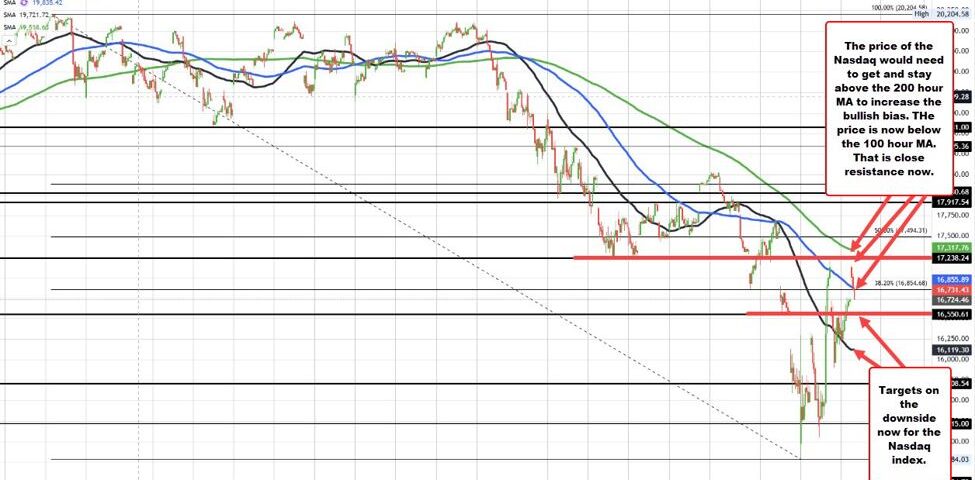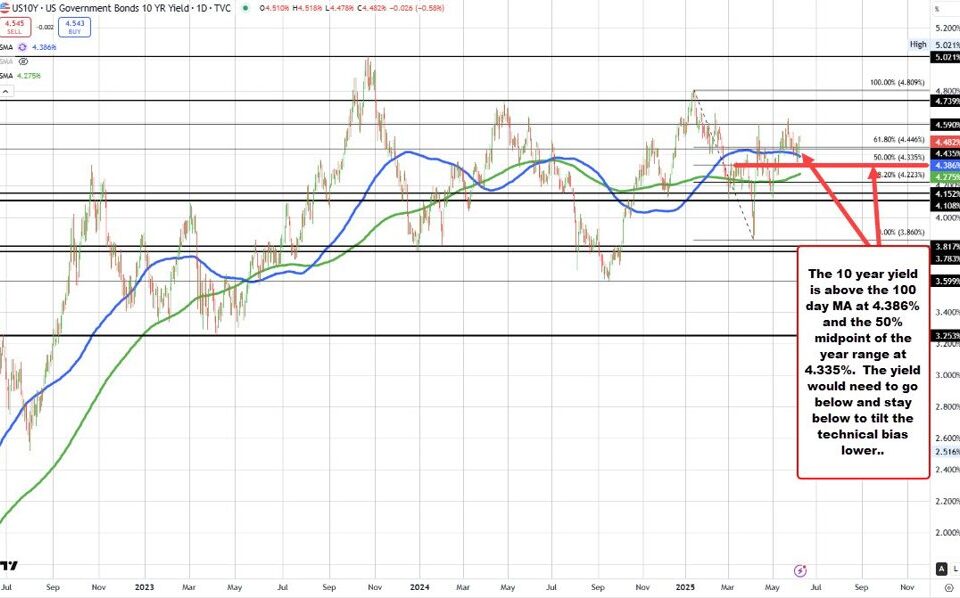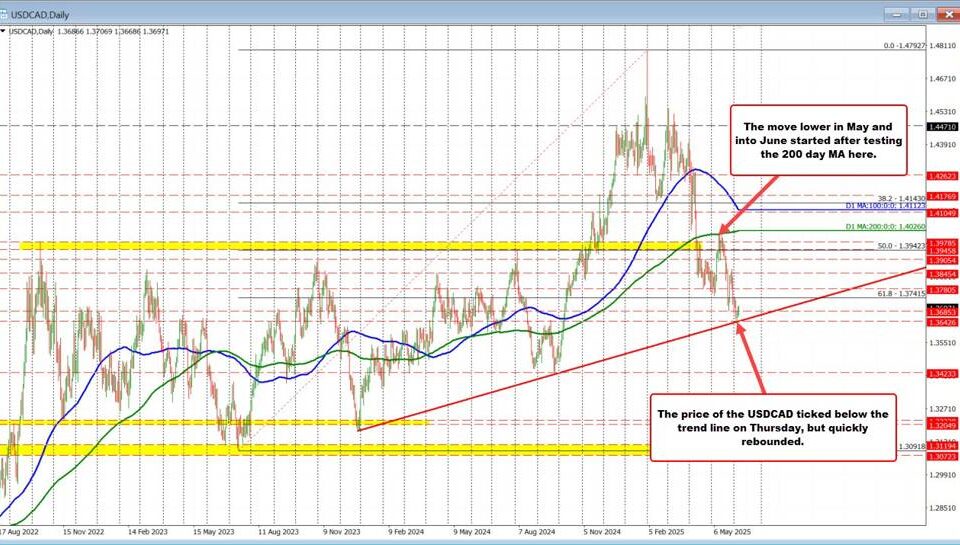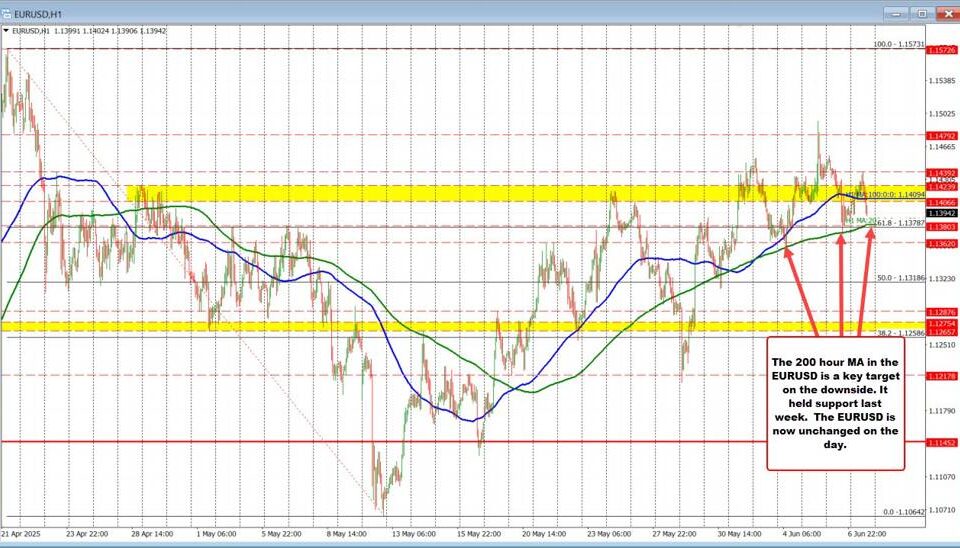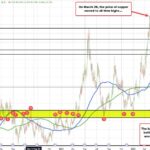
Copper Market Insights: Navigating Volatility and Future Trends
Tháng 4 14, 2025U.S. Stock Market Resilience Amid Trade Tensions: Insights from April 2025
Tháng 4 14, 2025U.S. Stock Market Experiences Turbulence Amid Escalating Trade Tensions
In recent weeks, the U.S. stock market has faced significant volatility, primarily fueled by the intensifying trade tensions with China. This ongoing tariff war has not only shaken investor confidence but has also led to stark declines across major indices, particularly impacting the NASDAQ Composite. For insights on key investment mistakes to avoid in turbulent times, you can check this blog.
Recent Market Performance
The repercussions of these trade tensions are evident in the recent performance of the NASDAQ Composite. On April 11, the index experienced a sharp decline of 4.3%, closing at 16,387.31, while a few days earlier, on April 9, it had already dipped 2.2% to settle at 15,267.91. This notable volatility highlights a broader trend of instability across the market, as investors grapple with uncertainty regarding trade agreements and fiscal policies. Such fluctuations underscore the delicate balance that traders must maintain in an environment characterized by unpredictable shifts.
The Role of Trade Tensions
The escalating tariff war between the U.S. and China is a key element contributing to the heightened volatility within the stock market. Announcements regarding tariff increases have directly influenced market dynamics, leading to adverse reactions from investors and resulting in significant downturns in major indices. As discussions continue around potential trade measures and their implications for economic growth, market sentiment remains fragile, perpetuating a cycle of uncertainty that challenges investor confidence. For a deeper understanding of strategic moves by China during these tensions, you may find this article informative.
Economic Indicators Reflecting Market Anxiety
Amidst this backdrop of volatility, economic indicators such as the CBOE Volatility Index (VIX) have been on the rise, signaling increased anxiety among investors. A higher VIX suggests that market participants anticipate further price fluctuations, which often leads to increased trading activity. In fact, recent trading volumes have exceeded average levels, indicating a robust response from traders looking to capitalize on or hedge against the ongoing market changes. This uptick in trading patterns reflects a heightened sensitivity to news related to the U.S.-China trade situation and its potential implications for economic stability.
Technical Analysis and Market Trends
In addition to external economic factors, technical analysis of market performance sheds light on the underlying trends. The NASDAQ’s movement below its 100-hour moving average signals a negative trend, indicating an impending downturn as prices hover below this key level of support. Analysts have noted that sustained declines in this area may provide further impetus for bearish sentiments across the market. As traders navigate these technical signals in conjunction with global economic developments, the challenges of regaining momentum become increasingly apparent.
Conclusion
In summary, the U.S. stock market continues to face numerous challenges as it grapples with the complexities of escalating trade tensions with China. With significant declines observed across the NASDAQ Composite, rising volatility indicators, and negative technical trends, investor confidence remains precarious. As the prospects of a trade resolution remain uncertain, the market’s path forward is likely to be fraught with volatility, keeping investors on high alert as they attempt to navigate this turbulent environment. For further investment advice, consider reading about three common investment mistakes to avoid.

